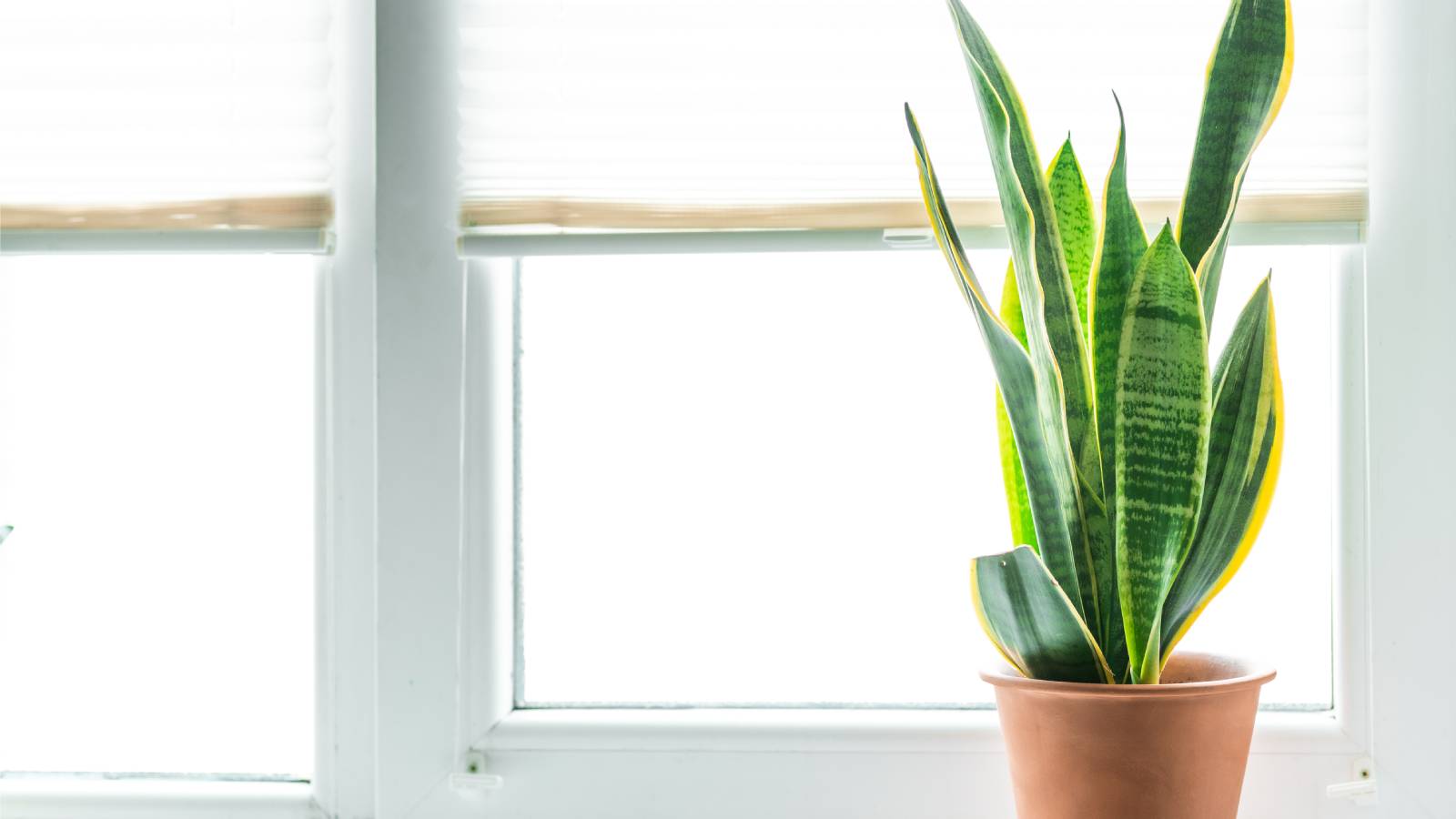Snake Plant Getting Enough Light? Understanding Light Requirements And How To Adjust
Snake plant light requirements aren’t as stringent as for some houseplants, but the right lighting is important for their growth and well-being.


Amy Draiss
Well-loved as easy indoor plants, snake plants remain popular among even the most persnickety of houseplant enthusiasts. Their adaptability and hardiness also make them an especially good choice for novice gardeners who are interested in growing indoor plants.
Though diversity among the snake plant species varies in terms of size and appearance, these plants’ general care needs are much the same. Essential to their growth, light plays a vital role in overall plant health and vitality. But, how much light do snake plants require? This guide explores snake plant light requirements in greater depth, taking special note of their versatility in low-light conditions indoors.
Do Snake Plants Require a Lot of Light?
As with most houseplants, adequate light is essential for keeping potted snake plants healthy and happy. Though snake plants are fairly adaptable under lower light conditions, most indoor specimens perform best where they can receive bright, indirect light through the majority of the day. Ample light contributes to their production of lush foliage, and may even help to promote blooming. Create bright, indirect light conditions by positioning the plants’ containers near an east or north-facing window, or where the sun has been well-filtered through curtains.
While at least 6-8 hours is ideal, experienced growers have seen good results with much less. Be careful to avoid direct light, as its high intensity is likely to result in damage to these plants in the form of burn or leaf scorch.
Check If Your Snake Plant Has the Right Light
Monitoring your snake plants’ overall health consistently can help you determine its best light conditions. You can also use specialized light meter equipment designed to measure light. Turn the plant’s container routinely to keep the foliage upright if its light exposure isn’t sufficient. Plants that have started to stretch and/or lean may require more adjusting. Extreme low light can be detrimental to a snake plant’s growth, so grow lights may be a good option.
Snake Plant Problems Related to Light
Quickly identifying and correcting problems related to light is essential to helping stressed plants recover more quickly. Inadequate light can manifest in the plant in a variety of ways. Drooping snake plant leaves can be a symptom of stunted growth and incorrect lighting. Too much sun can also cause leaf burn or a variety of other symptoms. Signs of excess light most commonly include the sudden yellowing or browning of foliage, as well as premature leaf drop. Curled leaves or dry, crumbling soil may also be an indicator of light-related problems.
Frequently Asked Questions
Can a snake plant live in a room with no windows?
Snake plants are among the best species available to growers who have low-light conditions. Most can even be grown in rooms without windows, but ambient light is still essential to their care. Many gardeners choose to use grow lights to keep them healthy.
What is the best indoor plant for a dark room?
As noted, snake plants are ideal for growth in darker spaces. Diversity among types and its suitability to beginner growers make snake plants an attractive option for most any aesthetic. Especially popular species for growth under low-light conditions include Dracaena trifasciata, D. angolensis, and D. pethera.
Sign up for the Gardening Know How newsletter today and receive a free copy of our e-book "How to Grow Delicious Tomatoes".

Tonya Barnett has been gardening for 13 years. Flowers are her passion. She has transformed her backyard into a cut flower garden, which she regularly chronicles on her YouTube channel http://www.youtube.com/@tonyawiththeflowers.
- Amy DraissDigital Community Manager